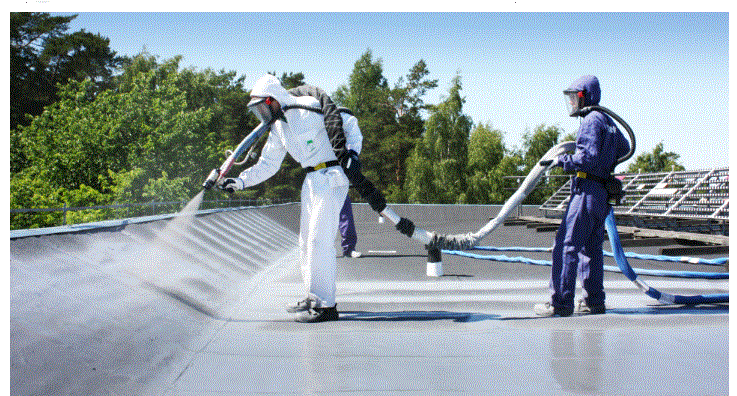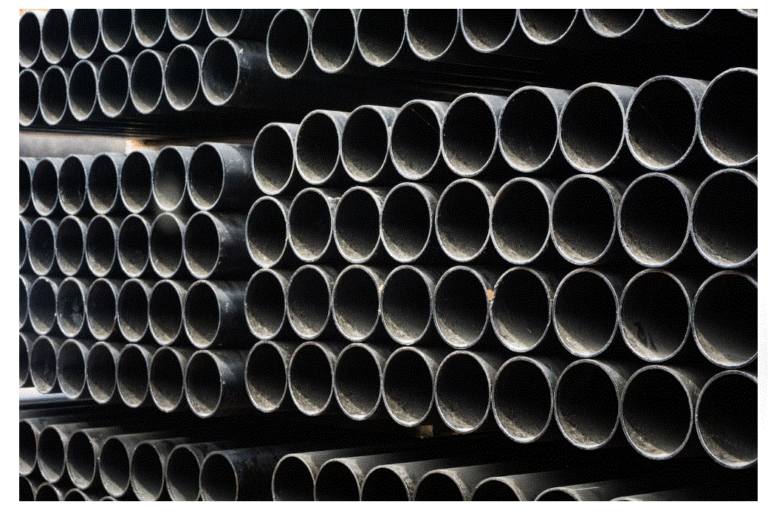
The Ultimate Guide to Waterproofing Solutions: Everything You Need to Know
Water damage can wreak havoc on your property, leading to costly repairs and health hazards. Whether you’re a homeowner, business owner, or property manager, understanding waterproofing solutions is crucial to safeguarding your investment. In this comprehensive guide, we will delve into everything you need to know about waterproofing solutions, from the basics to advanced techniques. By the end of this article, you’ll be well-equipped to make informed decisions to protect your property against water intrusion.
Water is both essential for life and a destructive force when it infiltrates structures. From residential basements to commercial buildings, water damage can lead to mold growth, structural deterioration, and health issues. Therefore, investing in waterproofing solutions is a wise choice. This guide will cover various aspects of waterproofing, including its importance, different types of solutions, and factors to consider when choosing the right one for your needs.
The Importance of Waterproofing
Waterproofing is not just an option; it’s a necessity. Here’s why:
- Prevents Structural Damage: Water seepage can weaken the foundation of your building, leading to cracks, settling, and costly repairs.
- Protects Health: Dampness and mold growth resulting from water intrusion can cause respiratory problems and other health issues.
- Preserves Property Value: A waterproofed property retains its value and appeal, making it easier to sell or rent.
- Saves Money: Investing in waterproofing solutions is far more cost-effective than dealing with extensive water damage repairs.
Types of Waterproofing Solutions
Now that you understand the importance of waterproofing, let’s explore the various solutions available:
- Exterior Waterproofing: This method involves sealing the exterior walls and foundation of a building. It includes techniques such as waterproof membranes, coatings, and drainage systems like French drains.
- Interior Waterproofing: Interior solutions focus on managing water that has already infiltrated the structure. Sump pumps, dehumidifiers, and vapor barriers are commonly used in this approach.
- Basement Waterproofing: Basements are particularly vulnerable to water damage. Waterproofing basements can involve both exterior and interior methods to keep this area dry and mold-free.
- Roof Waterproofing: Flat or low-slope roofs can be susceptible to leaks. Roof coatings, sealants, and proper drainage systems can help prevent water damage to your building’s roof.
- Crawl Space Waterproofing: Neglected crawl spaces can lead to moisture issues. Encapsulation, drainage systems, and dehumidifiers are used to keep crawl spaces dry.
- Foundation Waterproofing: Protecting the foundation is critical. Techniques like waterproofing membranes and sealants can be applied to prevent water from infiltrating the foundation.
Choosing the Right Waterproofing Solution
Selecting the most suitable waterproofing solution depends on various factors:
- Location: Consider your property’s geographical location, climate, and proximity to water bodies. Coastal areas, for example, may require more robust waterproofing solutions due to higher moisture levels.
- Building Type: Different buildings have unique waterproofing needs. Residential homes, commercial properties, and industrial structures may require tailored approaches.
- Budget: Waterproofing solutions vary in cost. Determine your budget and prioritize essential areas that require waterproofing.
- Severity of the Issue: Assess the extent of water damage or potential risk. Some properties may only need preventive measures, while others require immediate repairs.
- Maintenance: Consider the long-term maintenance requirements of the chosen waterproofing solution. Regular inspections and upkeep are essential for optimal performance.
DIY vs. Professional Waterproofing
While some minor waterproofing tasks can be tackled as do-it-yourself projects, it’s often advisable to seek professional help for comprehensive solutions. Professionals have the expertise, tools, and experience to assess your property accurately and implement the most effective waterproofing techniques. Additionally, they can provide warranties and ensure the work is up to code.
Common Mistakes to Avoid
When it comes to waterproofing, there are several common mistakes that property owners should avoid:
- Ignoring Early Signs of Water Damage: Small leaks or dampness should not be overlooked, as they can escalate into significant problems.
- Using Temporary Fixes: Quick fixes may provide temporary relief, but they won’t address the root cause of the issue.
- Neglecting Maintenance: Concrete Repair require regular maintenance to remain effective. Skipping maintenance can lead to failure.
- Not Consulting Professionals: Attempting complex waterproofing tasks without professional guidance can lead to costly mistakes.
Conclusion
In the battle against water damage, knowledge is your greatest ally. This ultimate guide has equipped you with the essential information you need to make informed decisions about waterproofing solutions for your property. Remember that prevention is often more cost-effective than dealing with water damage after it occurs. By prioritizing waterproofing and choosing the right solutions, you can protect your property, your investment, and your peace of mind. Don’t wait until it’s too late – take action today to safeguard your property against water intrusion.



